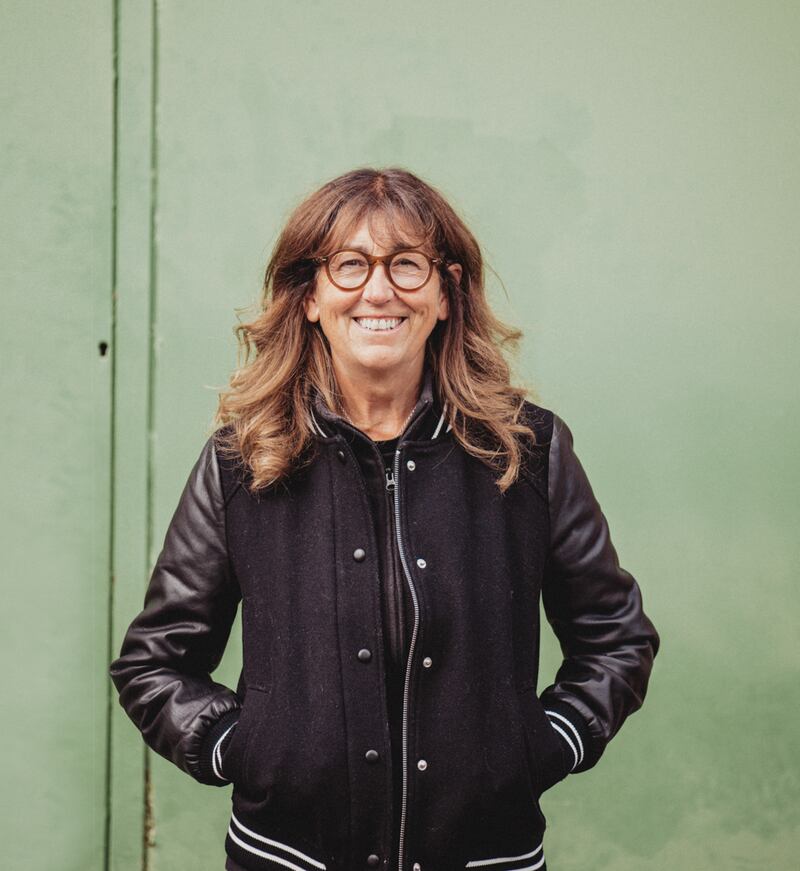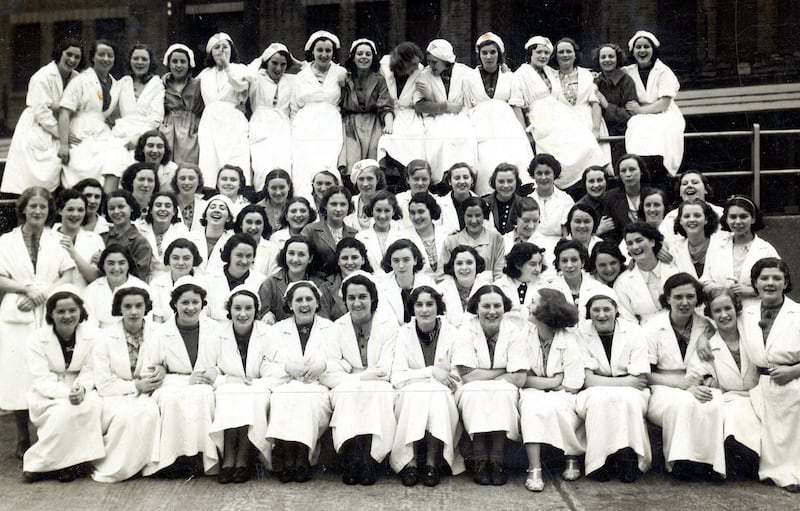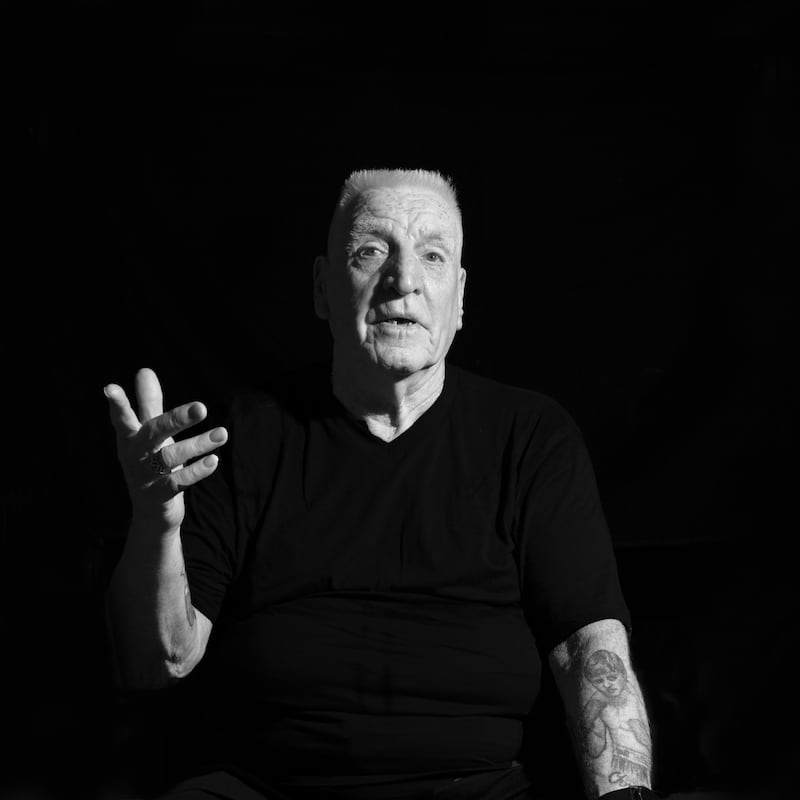Dublin’s Docklands community is being celebrated in a new photography exhibition, aptly titled Docklanders.
The exhibition features images from award-winning photographer Jeanette Lowe, old photographs from the local community and some of the 6,000 photos collected and preserved by the Dublin Dock Workers Preservation Society.
It runs from until February 22nd in the 1SJRQ building on Sir John Rogerson’s Quay in the Windmill Quarter in Dublin’s South Docks and provides an insight into how the Docklands area and its surrounding community has changed significantly over time.
The exhibition aims to provide visitors with an opportunity to examine and reflect on the lives of those who lived and worked in the area alongside those who continue to do so today.
In the past, many men living in the Docklands worked as dockers, but many women worked in factories and mills on the north and south docks. Up until the early 1970s, they would often be required to stop working once they married.
Declan Byrne, of the Dublin Dock Workers Preservation Society (Facebook: Dublin Dockers) says that the pictures in the exhibition tell their story. He grew up “a stones throw away from the docks,” and began working there at 18 and has always been fascinated with the history of the area.
“People from Ringsend can trace their families back six generations that worked on the dock, so it was a thing that was passed down from grandfather to father to son,” he says, “all the dockland communities depended not only for their meals, but for their livelihoods on getting work there.”
The amateur history group was set up 12 years ago to preserve the history of the Dublin Docklands and its people.
Jeanette Lowe is a contemporary photographic artist and is currently an artist in residence at the Windmill Quarter, a position supported by Hibernia Real Estate Group, which owns several buildings in the area including 1WML and 1SJRQ. As part of the residency, Lowe has an exhibition space in the latter.

Lowe says the exhibition is a celebration of all who have lived and worked in and around the Dockland area over the years, and she is glad it is taking place in the Docklands itself.
“I just decided to have an exhibition that was a local exhibition to try and pull in the community, the inner city communities, and over the years I’ve crossed paths with the Dock Workers Preservation Society because a lot of the men that were dockers lived in the community that I would do my projects on,” she says.
“It’s a continuation of the work I tend to do, my story of the people of the docks and the inner city, particularly the social housing flats, is always a good story.
“I just think it’s very important to have communities in the city, they are the backbones of the city… and I also think this is a nice story to tell because people are always really interested in the docks and the dock workers, but they don’t tend to hear the story about the women,” Lowe says.
Lowe has been photographing and collecting images of communities in Dublin’s inner city for over a decade, and her ongoing project, Village in the City, started in 2009 as a personal project recording the community of Pearse house flats, where her grandmother was among the first residents in the 1930s.
Lowe has since examined other inner-city communities as they have been dispersed when their flats were demolished, with many families she documented and worked with having lived in the inner city for over a century, settling near where they could find work.

Her great-uncle worked as a docker, and her mother worked in the Lever Brothers soap factory.
To this day, Byrne has the ability, during school tours and such, he says, to tell children the history of their family, “tales about their grandfathers or uncles or whatever,” on the docks just by their families’ nicknames.
Byrne also says that the women’s history in the docklands has been lost, having worked in the factories until they got married and were all “hard workers.”
This sentiment is echoed by Lowe, who has often crossed paths with the Dock Workers Preservation society in her own work in the inner city.
“Probably 100 per cent of the dockers were men, so what I wanted to do was I wanted to really have an exhibition where we talked about the docklanders, the women and men, because at any given time down the docks, it was probably 20,000 people working there in the docks, and in all the ancillary industries, there were tonnes of factories,” Lowe says.

She adds that the factories used to base themselves by the docks because it made boat transport, the most common at the time, easier.
“But the thing you find about the factories is when you see pictures of the women in the factories, they are all very young,” she adds, saying that this was due to the marriage bar.
“So they had this constant flow of young women working in the factories and all the managers were men generally, and all the workers were women and people lived close to where they worked, that’s why people worked in the docks.”
Lowe describes the exhibition as a continuation of the work she tends to do, and says that the Docklands, particularly the south docks have been impacted by development in the last 20 years or so.
“I think that this is a nice story to tell, because people are always really interested in the docks and the dock workers, but don’t tend to hear the story about the women, I suppose like in most history, women are sort of written out of it,” she says.
- Sign up for push alerts and have the best news, analysis and comment delivered directly to your phone
- Find The Irish Times on WhatsApp and stay up to date
- Our In The News podcast is now published daily – Find the latest episode here


















